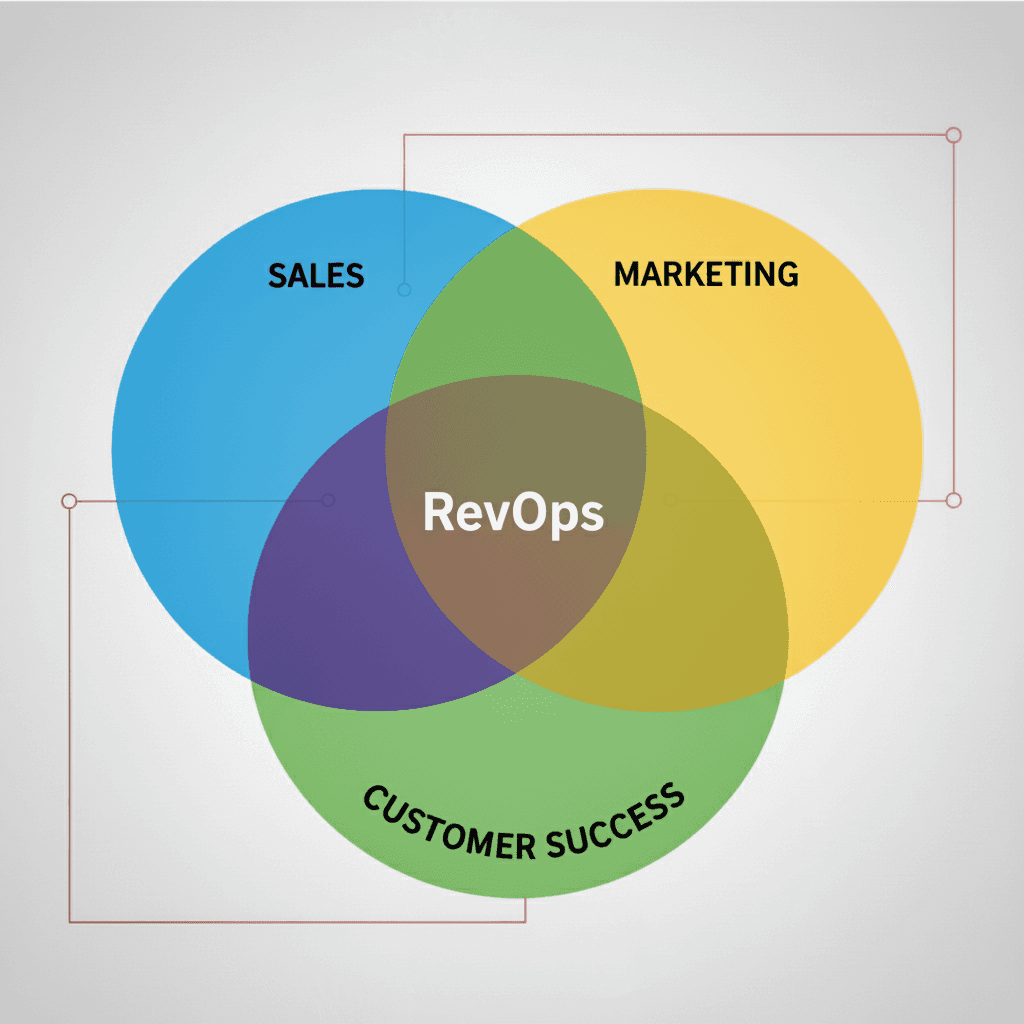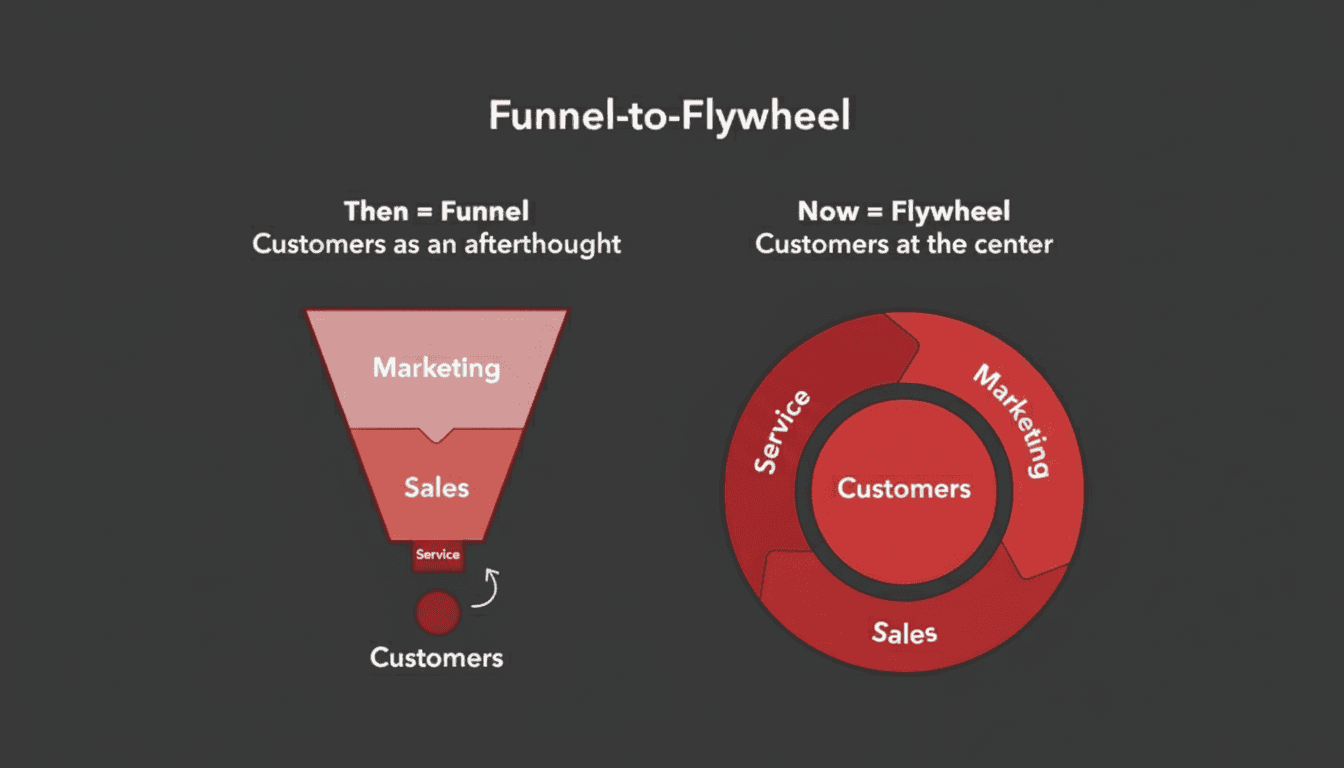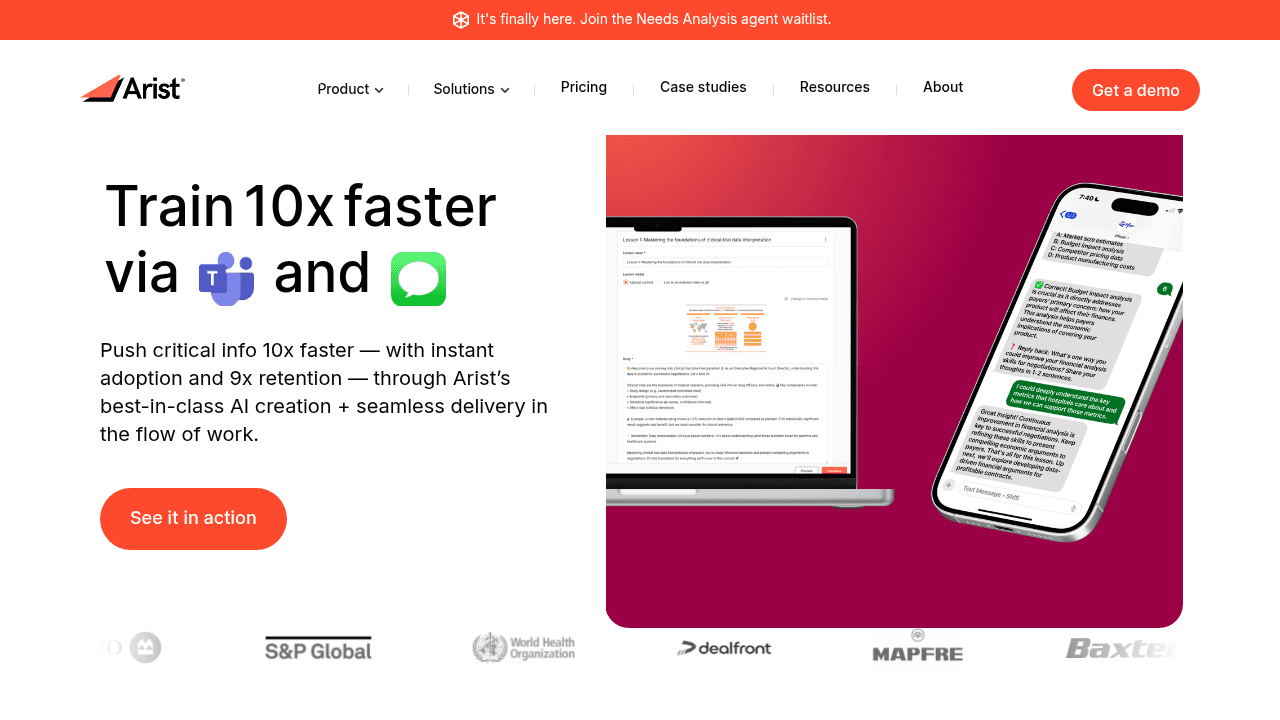RevOps Best Practices: The Complete 2025 Guide to Revenue Operations
Your sales, marketing, and customer success teams probably run on different playbooks, chasing siloed goals while real revenue opportunities slip through the cracks. The solution is adopting RevOps best practices that unify your entire revenue engine around shared outcomes. With the right approach, and the right sales enablement platform, you can keep your team aligned, adaptive, and focused on growth.
TLDR:
RevOps aligns sales, marketing, and customer success teams around shared revenue goals, driving 19% faster growth
Success requires three pillars: unified people/processes, integrated technology, and real-time data visibility
Track cross-functional metrics like pipeline velocity and forecast accuracy, along with departmental KPIs
Smart automation handles routine tasks while preserving human touchpoints for relationship-building
Continuous learning allows teams to adapt quickly to new RevOps processes and maintain alignment
What is Revenue Operations (RevOps)?

Revenue Operations represents a shift from traditional siloed business functions to a unified approach that aligns sales, marketing, and customer success teams around a single goal: driving predictable, sustainable revenue growth.
Unlike the old model where each department operated independently with separate goals, tools, and metrics, RevOps creates a cohesive system where all revenue-generating activities work together smoothly. This means marketing qualified leads flow smoothly to sales, sales teams have complete visibility into marketing campaigns, and customer success teams can identify expansion opportunities based on the entire customer journey.
RevOps has evolved from a nice-to-have organizational structure to a critical business function that can make or break revenue performance in competitive markets.
The core difference between RevOps and traditional approaches lies in accountability. Traditional approaches often led to finger-pointing when revenue targets were missed: marketing blamed sales for not following up on leads, sales blamed marketing for poor lead quality, and customer success operated in isolation. RevOps eliminates these silos by creating shared responsibility for revenue outcomes.
Companies with aligned revenue operations see 19% faster revenue growth and 15% higher profitability compared to those with siloed approaches. This changes how teams collaborate and make decisions at a fundamental level.
The change requires more than restructuring teams. It demands new processes, integrated technology stacks, and most importantly, a learning culture that allows rapid knowledge transfer across functions. When the sales team learns about new marketing campaigns in real-time, or when customer success insights immediately inform product positioning, that's when RevOps delivers real impact.

Key RevOps Framework Components
Building effective RevOps requires four foundational pillars that work together to create a unified revenue engine: people, process, technology, and data.
People alignment starts with breaking down traditional departmental boundaries and creating cross-functional teams with shared incentives. This means sales development representatives report to both sales and marketing leadership, customer success managers collaborate directly with sales on expansion opportunities, and marketing teams have visibility into the entire customer lifecycle.
Process standardization eliminates the inconsistencies that plague siloed organizations. This includes unified lead scoring models, standardized handoff procedures between teams, and consistent customer communication throughout the entire journey. Every touchpoint should feel smooth from the customer's perspective.
Technology integration creates the infrastructure that makes RevOps possible. This goes beyond just connecting your CRM to your marketing automation system. It means creating a unified tech stack where data flows smoothly between tools, eliminating manual data entry and reducing errors.
Data unification provides the foundation for all RevOps decisions. When sales, marketing, and customer success teams all work from the same data set, it eliminates the "my numbers versus your numbers" debates that slow down decision-making.
This requires setting up clear data definitions, implementing consistent tracking across all systems, and creating dashboards that provide real-time visibility into revenue performance. The most successful RevOps teams invest heavily in data quality and governance from the beginning.
Implementing these components requires continuous training so teams adapt to new ways of working. A scalable learning strategy becomes important for maintaining alignment as processes change and new team members join.
RevOps Metrics and KPIs That Drive Growth
Effective RevOps measurement goes beyond traditional departmental metrics to focus on end-to-end revenue performance and cross-functional performance indicators.
Pipeline velocity measures how quickly opportunities move through your entire revenue process, from first marketing touch to closed deal. This metric reveals bottlenecks that might be invisible when looking at individual department performance. If marketing is generating leads quickly but sales velocity is slow, you know where to focus improvement efforts.
Customer acquisition cost (CAC) and lifetime value (LTV) provide the fundamental economics of your revenue engine. But RevOps takes this further by tracking these metrics across different customer segments, acquisition channels, and team interactions. This granular view helps optimize resource allocation and identify the most profitable growth strategies.
The best RevOps teams track leading indicators of revenue performance, as well as lagging indicators like closed deals and revenue numbers.
Forecast accuracy becomes a team sport in RevOps organizations. Instead of sales alone providing forecasts, marketing contributes pipeline predictions based on campaign performance, and customer success adds expansion forecasts.
Customer health scores that include data from all revenue teams provide early warning signals for churn risk and expansion opportunities. When marketing engagement drops, sales activity decreases, and support tickets increase, that combination tells a story that individual teams might miss.
Tracking these metrics effectively requires strong analytics tools and the ability to measure learning ROI as teams adapt to new processes and tools.
Cross-Functional Alignment Strategies
Creating genuine alignment between sales, marketing, and customer success teams requires more than declaring that everyone should work together. It demands structural changes, shared accountability, and continuous reinforcement of collaborative behaviors.
Shared goals and incentives form the foundation of alignment. This means marketing teams have quotas tied to closed revenue, beyond leads generated. Sales teams are measured on lead quality feedback and customer satisfaction scores. Customer success teams have expansion targets that connect to overall revenue growth.
Service level agreements (SLAs) between teams create clear expectations and accountability. Marketing commits to delivering a specific number of qualified leads with defined characteristics. Sales commits to following up within agreed timeframes and providing feedback on lead quality. Customer success commits to identifying expansion opportunities within specific timeframes.
Cross-functional project teams for major initiatives help build relationships and shared understanding. When launching new products or entering new markets, having representatives from all revenue teams working together creates natural alignment and knowledge transfer.
The most successful RevOps organizations also invest in getting buy-in for these alignment strategies from both leadership and individual contributors.
How Arist Helps RevOps Excellence
RevOps success depends on the rapid knowledge transfer and behavior change across all revenue teams. Traditional training approaches (lengthy workshops, static documentation, and quarterly sessions) simply can't keep pace with the fast-changing nature of RevOps environments.

Arist's AI-powered learning delivery tackles this challenge by converting your existing RevOps documentation, playbooks, and best practices into engaging, bite-sized learning experiences that reach teams exactly when and where they need support.
Unified messaging across teams becomes effortless when you can instantly change product updates, competitive intelligence, or process changes into consistent learning experiences for sales, marketing, and customer success teams. Instead of hoping everyone reads the latest email or attends the optional training session, important information reaches every team member through their preferred communication channels.
Just-in-time support helps RevOps automation by providing contextual guidance when team members encounter new processes or tools. When your CRM triggers a new workflow, Arist can automatically deliver relevant training to help team members execute effectively.
Cross-functional alignment gets reinforced through shared learning experiences that help teams understand how their work connects to broader revenue goals. Marketing teams learn about sales processes, sales teams understand customer success methodologies, and everyone develops a complete view of the customer journey.
This approach aligns perfectly with RevOps principles: unified processes, data-driven decisions, and continuous optimization. RevOps breaks down silos between revenue teams, and Arist breaks down barriers between learning and daily work execution.
FAQ
How long does it typically take to implement RevOps best practices?
Most organizations can create basic RevOps alignment within 3-6 months, but full optimization with integrated processes, technology, and team alignment typically takes 12-18 months depending on company size and existing infrastructure.
What's the main difference between traditional sales operations and RevOps?
Traditional sales operations focus solely on supporting the sales team, while RevOps aligns sales, marketing, and customer success teams around shared revenue goals with unified processes, metrics, and accountability across all revenue-generating functions.
Can smaller companies benefit from RevOps or is it only for enterprises?
Companies of all sizes can benefit from RevOps principles, though smaller organizations often start with basic process alignment and shared metrics before investing in complex automation and specialized RevOps roles.
Final thoughts on building effective revenue operations
RevOps changes how your teams work together, but success depends on everyone actually adopting these new processes and staying aligned as things evolve. The companies that see real results invest in continuous learning that keeps all their revenue teams moving in the same direction. See how Arist can turn your RevOps playbooks into engaging learning experiences that reach your teams exactly when they need support.
Bring
real impact
to your people
We care about solving meaningful problems and being thought partners first and foremost. Arist is used and loved by the Fortune 500 — and we'd love to support your goals.
Curious to get a demo or free trial? We'd love to chat:


